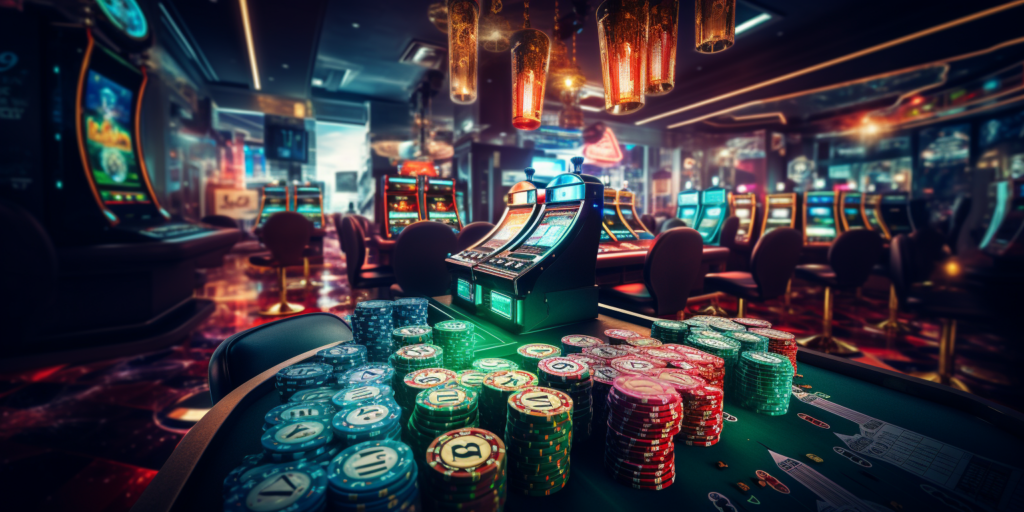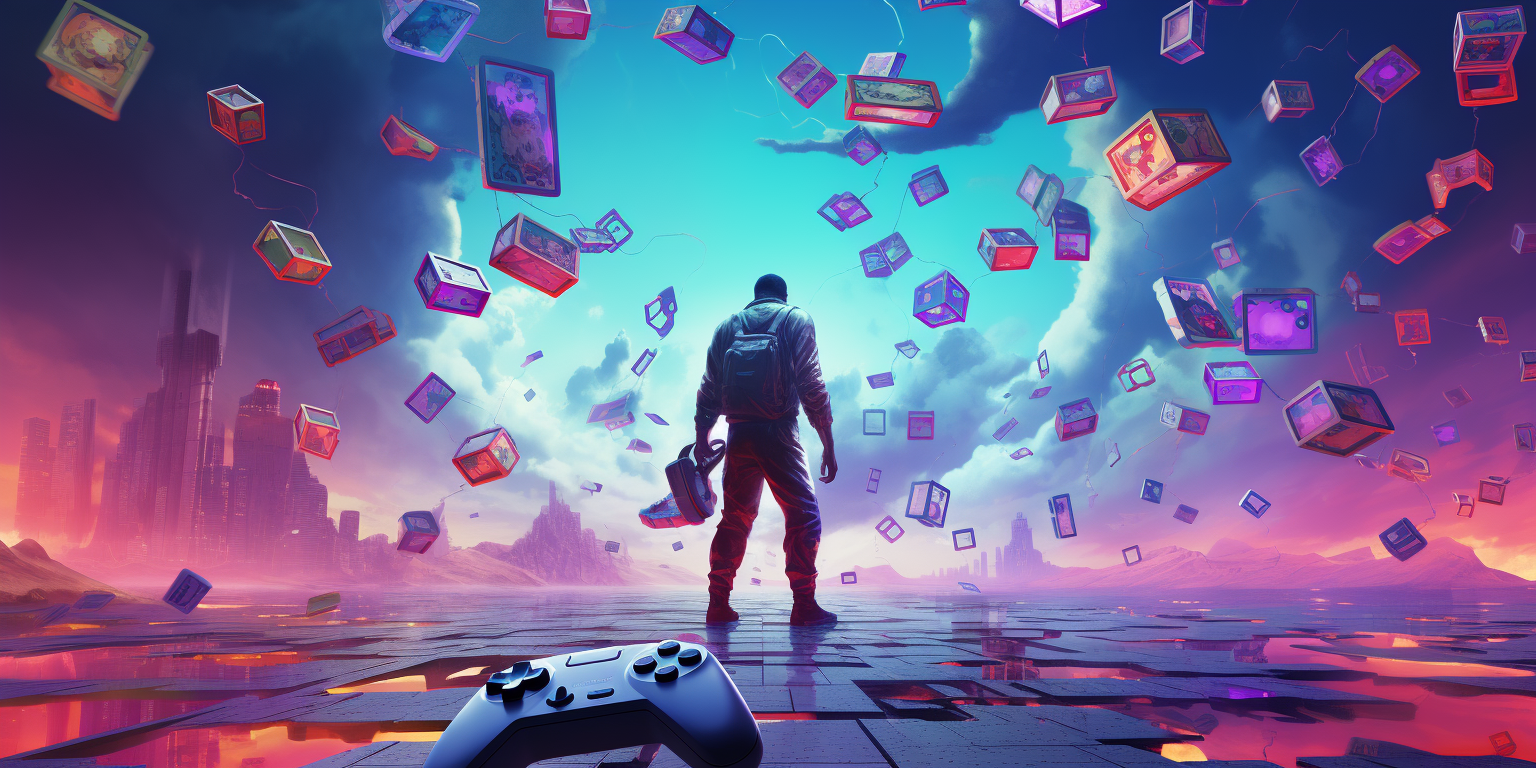Introduction
Non-Fungible Tokens (NFTs) have taken the world by storm, revolutionizing various industries, including art, entertainment, and gaming. In the gaming sector, NFTs are transforming how players interact with virtual worlds, introducing the concept of play-to-earn and empowering gamers with true ownership of in-game assets. In this article, we explore the impact of NFTs on gaming and the emergence of player-owned assets.
1. What Are NFTs?
- Unique Digital Assets: NFTs are unique, indivisible digital tokens representing ownership of a specific item or piece of content, such as in-game items, artwork, or virtual real estate.
- Blockchain Technology: NFTs are built on blockchain technology, ensuring ownership, provenance, and scarcity of digital assets.
- Interoperability: NFTs can be used across various applications and games, creating a shared digital ecosystem.
2. Play-to-Earn Gaming
- Ownership of Assets: NFTs enable players to truly own in-game assets, from virtual real estate to rare weapons and skins.
- Economic Opportunities: Players can buy, sell, and trade their NFT-owned assets in secondary markets, creating economic opportunities within the gaming ecosystem.
- Decentralization: Play-to-earn games often operate on decentralized platforms, reducing the control of centralized game developers.
3. Benefits for Gamers
- Ownership: Gamers have genuine ownership of their assets, allowing them to retain value and even profit from their in-game items.
- Inclusivity: Play-to-earn models can provide income to gamers in regions with limited economic opportunities.
- Market Dynamics: Players can participate in player-driven economies within the game, impacting the value of in-game assets.

4. Game Developers and NFTs
- Monetization: NFTs offer a new revenue stream for game developers, who can earn royalties from secondary market transactions.
- Engagement: NFTs can increase player engagement by providing a tangible connection to in-game items.
- Creative Freedom: Developers can experiment with innovative game mechanics and economic models.
5. Challenges and Controversies
- Environmental Concerns: The energy consumption of some blockchain networks used for NFTs has raised environmental concerns.
- Scalability: Scaling blockchain networks to accommodate the high transaction volumes of gaming can be challenging.
- Regulation: The legal and regulatory landscape for NFTs in gaming is evolving and varies by jurisdiction.
6. The Future of NFTs in Gaming
NFTs have ushered in a new era of gaming, where players are not just consumers but active participants in the virtual economy. The future holds exciting possibilities, including virtual worlds, decentralized gaming ecosystems, and innovative play-to-earn models. As the technology matures and becomes more accessible, NFTs will continue to redefine the gaming experience and empower players like never before.
Disclaimer: This article is for informational purposes only and should not be considered professional gaming or investment advice. Always consult with experts in the gaming and blockchain industries for specific guidance.







